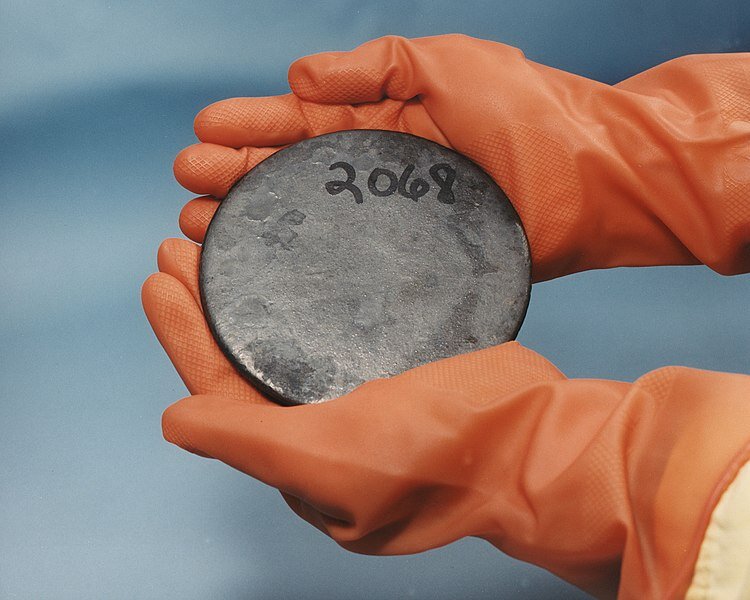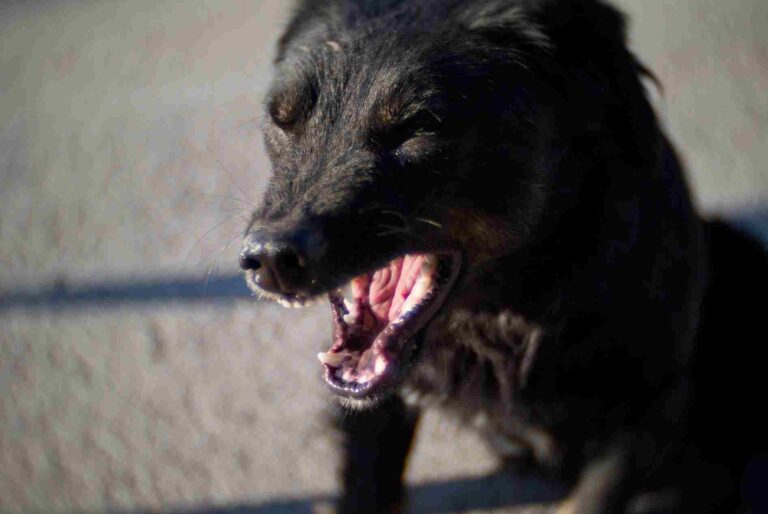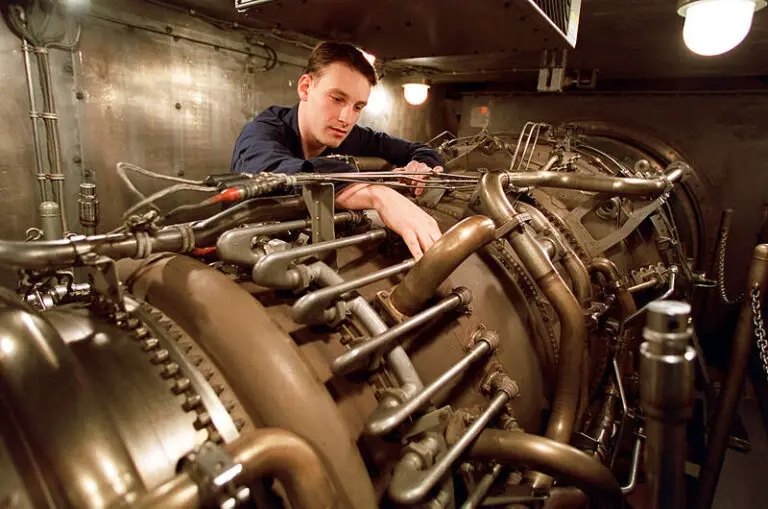Corrosion and Rusting Comparison; Similarities and Differences
Corrosion and rusting are similar processes that can be compared and contrasted based on their respective definitions, scopes, substrates, effects and prevention. This article addresses the comparison of corrosion vs rust/rusting, in terms of similarities and differences between corrosion and rusting, as outlined below;
-Basis of Comparison for Corrosion and Rusting Discussed
-Corrosion Vs Rusting: Similarities between Corrosion and Rusting
-Differences between Corrosion and Rusting
Basis of Comparison for Corrosion and Rusting Discussed
Corrosion and rusting can be compared based on various criteria such as their respective definitions, scopes, substrates, effects and prevention.
1). Definition (as a Criterion for Comparison of Corrosion and Rusting)
The definition of corrosion can be outlined as follows;
Corrosion is a deteriorative process that affects solid-state metals; whereby these metals react with oxygen and hydrogen in air and water, to form new metallic products with less purity and quality than the original metal [3].
Some aspects of the above definition that are notable include;
1. Solid-state metals as the primary reactant
2. Oxygen and Hydrogen as key participants in the corrosion process
3. Products have less purity and quality
For comparison of both concepts, the definition of rusting is given below;
Rusting is the oxidation of iron or its alloys in the presence of humid air or water, to produce iron oxides and hydroxides which are discolored and porous in nature.
Notable aspects of the definition of rusting are;
1. Iron and its alloys are primary reactants
2. Conditions that facilitate rusting include humidity and presence of water as an ambient medium
3. Products of rusting are iron oxides and hydroxides
In general, the definition of rusting is more specific than that of corrosion based on its portrayal of reactants, substrates, conditions and products of the process.
For example, the outcome of corrosion is described as (metallic) products with 'less purity and quality'; while rusting is more specific in its identification of products, which include reddish iron oxides and hydroxides.
This contrast in specification also indicates that corrosion and rusting are likely different in their scope, as discussed in the following section of the article.

2). Scope
Corrosion and rusting are different in terms of their contextual reach or coverage, otherwise known as their scope(s).
To understand the scope of corrosion, its definition (given in section 1 above) can be used.
Corrosion affects solid-state metals, which implies that any metal that is a solid at room temperature, may be susceptible to corrosion.
As a result, the scope of corrosion both as a phenomenon and a risk in metal studies and industries, is fairly broad. The only metals that can be said to occur outside this scope are liquid metals like mercury, and relatively-unreactive, corrosion-resistant solid-state metals like aluminum [6].
In fact, metals like mercury can act as causes of corrosion of susceptible metals like iron and even aluminum alloys, when these solid-state metals come in contact with mercury [4].
Rusting is different from corrosion in this context, in that it affects iron and metallic alloys of which iron is a major constituent.
Another observation from the two definitions in section 1 that can be used to analyze the scopes of corrosion and rusting is their products.
As earlier remarked, the outcome of corrosion can be summarily described as a change in chemical makeup, purity and quality of the affected metal.
On the other hand, the outcome of rusting can be described in more specific terms to include iron oxides and hydroxides. In fact, hydrated iron (II) oxide (Fe2O3 .H2O) is often identified as the ultimate product of rusting.
Lastly, an idea of the relative scope of corrosion and rusting can be derived from an observation of the various types of each.
Types of corrosion are; localized, uniform, galvanic, fretting, intergranular, pitting, crevice, cavitation, erosion-corrosion, stress corrosion cracking (SCC), and selective corrosions, respectively.
Types of rusting are; high-moisture, low-moisture, and limited-oxygen types; which produce various types of rust including; yellow, brown and black rusts, respectively.
What these observations imply is that corrosion has a much broader scope than rusting. In fact, rusting is a form of corrosion that affects only iron and its compounds.
3). Substrate (as a Criterion for Comparison of Corrosion and Rusting)
The substrate in any chemical process is the main element, compound or material that is experiencing chemical change and transformation. It can also be referred to as the primary reactant, and is often viewed as a stable or passive element that is subject to the chemical influence of other elements, which ultimately causes its transformation.
In corrosion, the substrate is a solid state metal. This may be any of the more common metals like iron, or the less-common ones like uranium, which is also used as a fuel in nuclear power plants [2].
Rusting is restricted in the chemical range of its substrate, which spans across iron and its solid-state alloys.
The difference in substrate is a major factor of contrast between corrosion and rusting, and in fact defines the difference between the two concepts. It also is behind the broader scope of corrosion, which covers iron and its alloys for being solid-state metallic materials.

4). Effect(s)
One of the core similarities between corrosion and rusting is their effects.
Ultimately, The effect of rusting and corrosion on metals is a change in chemical composition. This is often in the form of oxidation, where the metal reacts with hydrogen and oxygen in air and water to form oxides and hydroxides.
In terms of socioeconomic effects on a broad scale, however; it must be noted that corrosion is associated with more hazardous consequences worldwide, than rusting.
Corrosion is a major challenge in industrial sectors and activities that rely on metals as an essential resource. This includes steelworks, manufacturing, mining, drilling and harnessing of energy resources.
In fact, corrosion poses a challenge to the energy transition and sustainable development agendas, because it affects renewable energy systems like wave converters and offshore wind turbines, whose foundations and structural stability are often compromised by corrosion [5].
Although their effects are basically the same, such a magnitude of impact is not attributed to rusting, simply because rusting is restricted to iron and its alloys. It must be acknowledged, also; that most industrial and civil structures are made wholly or partially from iron-dominated metals like steel. Yet the presence of other metals makes the disintegration of such metals to be attributed to corrosion, rather than rusting.
Based on the above analogy, it can be argued, when comparing corrosion with rusting in terms of effects; that rusting has a chemically-similar but less-impactful effect than corrosion.
The socioeconomic effects of corrosion (and rusting) are;
1. Occupational health and safety risks
2. Fiscal loss [7]
3. Water pollution (in cases where water conduits are metallic)
4. Accidents (especially from structural failure)
5. Loss of equipment efficiency
6. Discoloration and devaluation of property

5). Prevention (as a Criterion for Comparison of Corrosion and Rusting)
Corrosion and rusting are similar in terms of applicable measures for prevention of each of these conditions.
However, there are some preventive measures that are more typical to rusting, and others that are typical to corrosion..
Prevention of rusting is achievable through measures like oiling and painting [8].
While other methods of prevention can also be effective for rusting, these are the ones most-commonly associated with it.
Methods of prevention of corrosion include; material selection, humidity reduction, galvanization, use of drying agents, greasing and oiling, alloying, and appropriate storage.
The fact that corrosion prevention is associated with a broader range of applicable measures further emphasizes its broader scope of context and effect.
Corrosion Vs Rusting: Similarities between Corrosion and Rusting
The main areas where similarities between corrosion and rusting can be observed are; causes, effects and prevention.
Both corrosion and rusting are caused by reactions involving metals and ambient media such as humid air and saline water.
Effects of corrosion and rusting can be described as chemical alteration of the metal, which occurs along with physical changes. Both corrosion and rusting lead to deterioration of the affected metal, and formation of metallic oxides and hydroxides.
Prevention of rusting and corrosion can be achieved using similar methods, which include oiling, painting, alloying and galvanization.
Differences between Corrosion and Rusting
The differences between corrosion and rusting are in their respective scopes, substrates, and versatility of effects.
Corrosion has a broader scope than rusting. This can in part be attributed to the substrates involved in corrosion, which include most solid-state metals.
Rusting on the other hand is concerned only with iron and iron alloys as its substrates.
Because it affects a wider range of substrates, corrosion is more versatile in its effects on metals and the economy, than rusting.
Below, is a corrosion vs rusting representation that uses the various criteria discussed in this article to summarize the similarities and differences between rusting and corrosion in tabular form;
Comparison Criterion | Corrosion | Rusting |
Relative Scope | Broad | Narrow |
Substrates | Solid-State Metals | Iron and its Alloys |
Effects | Metal Deterioration | Oxidation, Deterioration |
Relative Versatility of Effects | High | Low |
Prevention (commonly associated methods) | Oiling, Painting | Material Selection, Humidity Reduction, Galvanization, Use of Drying Agents, Greasing and Oiling, Alloying, and Appropriate Storage |
Conclusion
Corrosion and rusting can be compared based on;
1. Definition
2. Scope
3. Substrate
4. Effect(s)
5. Prevention
Similarities between corrosion and rusting are in their causes, effects and prevention.
Differences between corrosion and rusting are in their scopes, substrates, and versatility of effects. Corrosion has a broader scope, range of substrates, and higher effect-versatility.
References
1). Abboud, P., Touma, K.; Cherfan, J.; Asmar, T. (2021). "Effect of corrosion on different types of metals." Available at: https://doi.org/10.13140/RG.2.2.14371.32807. (Accessed 12 May 2023).
2). Banos, A.; Scott, T. B. (2020). "A review of the reaction rates of uranium corrosion in water." J Hazard Mater. 2020 Nov 15;399:122763. Available at: https://doi.org/10.1016/j.jhazmat.2020.122763. (Accessed.13 May 2023).
3). Haschke, J.; Allen, T.; Stakebake, J. (1997). "Reaction Kinetics of Plutonium with Oxygen, Water, and Humid Air: Moisture Enhancement of the Corrosion Rate." Journal of Alloys and Compounds, Volume 243, Issues 1–2, 15 October 1996, Pages 23-35. Available at: https://www.sciencedirect.com/science/article/abs/pii/S0925838896023286. (Accessed 13 May 2023).
4). Mashyanov, N. (2021). "Mercury in gas and oil deposits: corrosion problem." E3S Web of Conferences 225(1):01009. Available at: https://doi.org/10.1051/e3sconf/202122501009. (Accessed 13 May 2023).
5). Moghaddam, B. T.; Hamedany, A. M.; Mehmanparast, A.; Brennan, F.; Nikbin, K.; Davies, C. M. (2019). "Numerical analysis of pitting corrosion fatigue in floating offshore wind turbine foundations." Procedia Structural Integrity 17:64-71. Available at: https://doi.org/10.1016/j.prostr.2019.08.010. (Accessed 13 May 2023).
6). Rosliza, R. (2012). "Improvement of Corrosion Resistance of Aluminium Alloy by Natural Products." Corrosion Resistance. Available at: https://10.5772/32952. (Accessed 13 May 2023).
7). Sastri, V. S. (2015). "Consequences of Corrosion." Challenges in Corrosion (pp.317-402). Available at: https://doi.org/10.1002/9781119069638.ch5. (Accessed 12 May 2023).
8). Singh, S. (2018). "Corrosion of metals and its prevention." Composit- IIT kharagpur. Available at: https://doi.org/10.13140/RG.2.2.35068.49281. (Accessed 13 May 2023).












